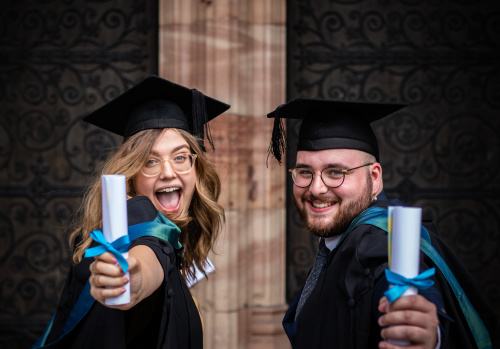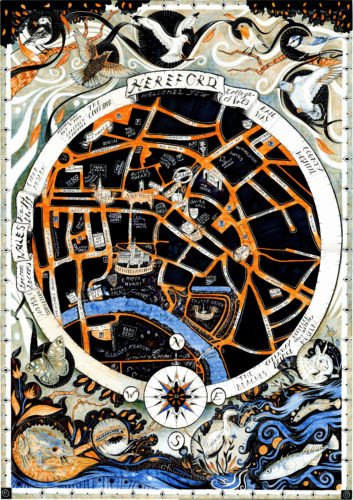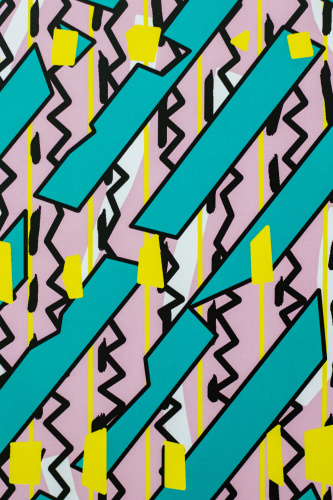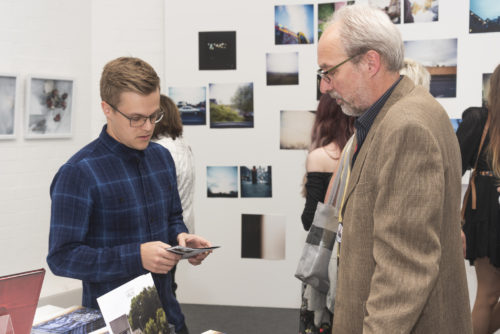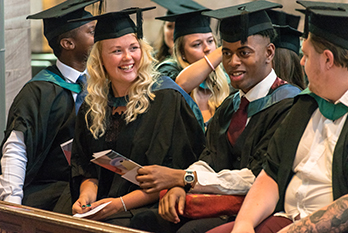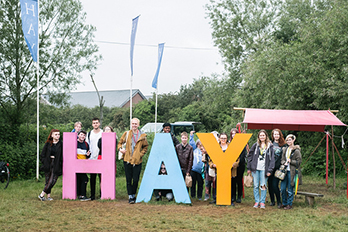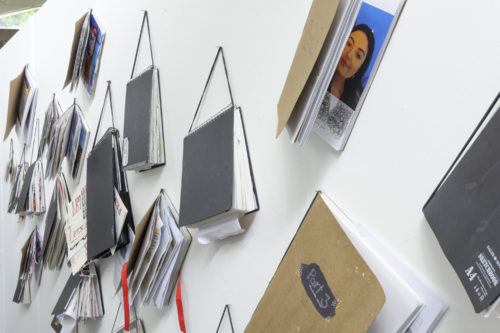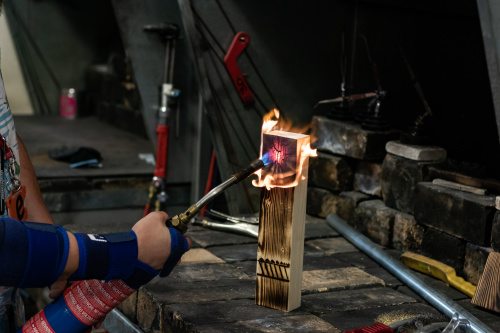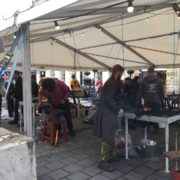Discussing Cultural Value @HCA
Published on 27.09.17
This month, thanks to our Principal, Abigail Appleton, we were lucky enough to have Professor Geoffrey Crossick visit us at Hereford College of Arts. As well as being the Chair of the Crafts Council, Professor Crossick also co-edited the Cultural Value Project with Patrycja Kaszynska. From my perspective, the project, particularly for those of us who work within
Categories
This month, thanks to our Principal, Abigail Appleton, we were lucky enough to have Professor Geoffrey Crossick visit us at Hereford College of Arts.
As well as being the Chair of the Crafts Council, Professor Crossick also co-edited the Cultural Value Project with Patrycja Kaszynska. From my perspective, the project, particularly for those of us who work within the arts, is super-important.
The Cultural Value project is also vast – the depth and breadth of it takes a while to sink in. It includes many different voices, and then presents an evaluation of these voices that leaves the reader with much to reflect on (and to reflect with).
It opens up a discussion that redefines cultural value for the twenty-first century. It captures perspectives of ‘culture’ that otherwise would be transient; grassroots dance or performance, digital participation considered alongside the more solid (metaphorically and physically) cultural presence of the museum and gallery.
Of course, any contemporary ideas around culture (let alone value) work in a particularly ambiguous and fluid space as our use of technologies enable co-creation of knowledge, changing demographics in the population create new challenges and our connections are often disembodied – mediated by machines rather than materials. The boundaries between ‘critically open to new ideas’ and ‘uncritical acceptance of anything new’ can blur.
And the project doesn’t present an ‘anything goes’ approach to arts and culture. However, it opens doors to new and exciting definitions of culture, some of them web-based – and in doing so it also exposes contemporary myths around where we engage with culture as well as what cultural value looks like from different perspectives and different contexts.
The evaluations and methodologies the project uses are exciting, too, as well as rigorous and methodical. I hope that we can adopt some of the evaluative methodologies shared through the project to support our own considerations of the cultural value Hereford College of Arts might bring to students, educators and the wider community. Ferrous17 and the Cultural Connections partnership provide real opportunities for us to put some of these ideas into action. It would be interesting to see how arts projects work in rural communities, with their different migratory patterns and closeness to seasonal fluctuations; to explore further the ‘coda’ on rural environments (p.83 of the final report)
In terms of The Scholarship Project, the Cultural Value Project might be an interesting place to stop and consider where we are. Scholarship is a term as equally contested as ‘Cultural’; how far might we evaluate the ‘value’ of Scholarship in our own fluidities of context. At a word level, one thing stands out; we talk often of how we ‘measure’ but the Cultural Value project is all about evaluation. Evaluation. As different from ‘measure’ as ‘Enhance’ is from ‘Evidence’.
The value of evaluation is something I wouldn’t have been so conscious of if Geoffrey Crossick hadn’t given us the talk on the 14th. I’m also excited that I might be able to discuss the project with students as part of the ‘Ideas in society and culture’ L5 module. I would love to see what our undergraduate students from different courses might make to some of the case studies and research methods used in the project.
The ‘Cultural Value’ project also makes me think about Nick Thomas (textiles lecturer on our B.A (Hons) illustration course) and his sharing his work at the HE Symposium. Nick’s work presents various aspects of cultural value, through engagement with materials and texture and through engaging with different communities and groups of people. More in the next post.
